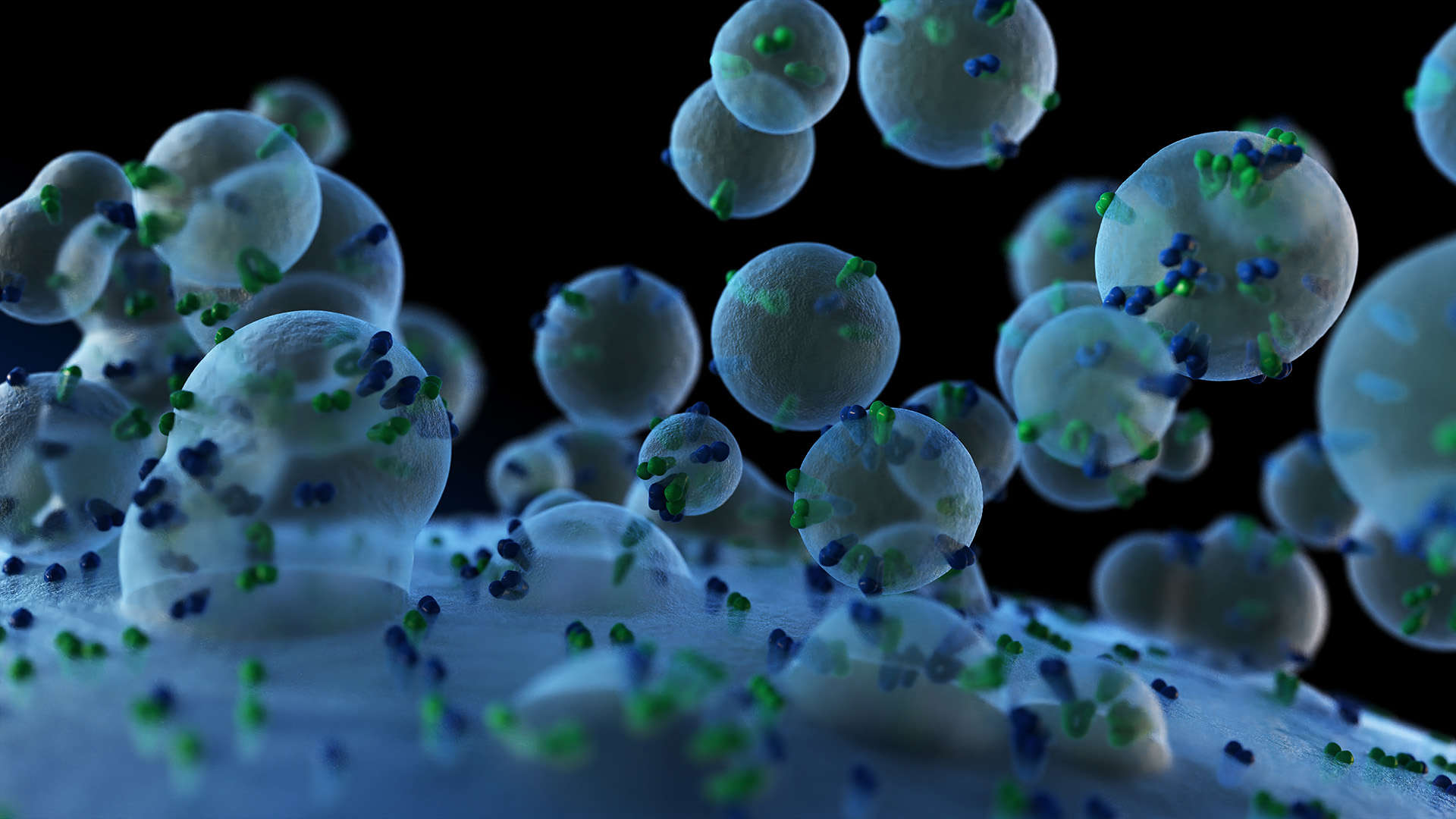Peptide Mass Fingerprinting Protein Identification Service
Online InquiryCreative Proteomics has a peptide mass fingerprinting platform to provide protein identification services for unknown proteins.
Peptide Mass Fingerprinting (PMF) is a technique for mass spectrometric analysis using peptide mixtures obtained by digesting unknown proteins with endoproteases. After the peptide of interest is obtained by protein cleavage, the absolute mass of the peptide of interest is measured using a mass spectrometer such as MALDI-TOF or ESI-TOF. After the obtained peptide mass is compared with a theoretical peptide of a known protein sequence database using a computer program, and based on the result of the comparison, it is analyzed and matched with a database of theoretical peptide masses of known proteins to obtain the identity of the unknown protein.
The Workflow of Peptide Mass Fingerprinting Protein Identification Service
The process for peptide mass fingerprinting protein identification technology includes protein extraction, proteolytic cleavage, the absolute mass of the target peptide using the mass spectrometer such as MALDI-TOF or ESI-TOF, alignment of databases of protein sequences and genomic sequences, and bioinformatics analysis.

Technology Platform
Orbitrap Fusion Lumos Tribrid Mass Spectrometer.
Advantages of Peptide Mass Fingerprinting Protein Identification Service:
- PMF is a high-throughput protein identification technology with high sensitivity, and it can identify thousands of different proteins, while providing customers with more complete analytical data.
- The detection steps are simplified, and it is no required to sequence the unknown peptide, but only the quality of the peptides is needed to be known.
- The combination of specific and non-specific protein enzymes guarantees 100% coverage for any protein digested.
- Identification of each peptide is based on its mass and its MS / MS fingerprint, so it is more accurate than using only first-order mass spectrometry.
- The peptide mass fingerprinting carrys geometrically increasing combined information, which can eliminate the concern of mass degeneration, and require low mass resolution for mass spectrometry.
- This technology mainly produces single-charged excimer ions and is able to tolerate a certain amount of salt and interference.
Sample Requirements
- Sample status: liquid, solid or in-gel protein.
- Protein sample amount: 20 micrograms of protein with a purity greater than 80% is required for this analysis, especially, the protein sample amount of in-gel protein identification is not less than 1mg/gel.
- Salt content: volatile inorganic salts <20 mM; non-volatile inorganic salts <5 mM.
- Protein gel samples: special processing is required before running the gel in order to prevent keratin contamination.
Application of Peptide Mass Fingerprinting Protein Identification Technology
- Human genome research.
- Proteomics research.
- Metabolomics research.
- Drug screening research.
- Analysis of oligonucleotides.
Delivery
Experimental protocols, raw data, mass spectrogram provided in spreadsheet format, and bioinformatics analysis report.
Turnaround Time
Typical 15 working days from sample QC acceptance to data report delivery.
Want to know about other subcellular structures protein identification analysis techniques?
References
- Alty L T, Lariviere F J. Peptide mass fingerprinting of egg white proteins. Journal of Chemical Education, 2016, 93(4): 772-777.
- Yang D, Lu X, Hong Y, et al. The molecular mechanism of mediation of adsorbed serum proteins to endothelial cells adhesion and growth on biomaterials. Biomaterials, 2013, 34(23): 5747-5758.
* For Research Use Only. Not for use in diagnostic procedures.



